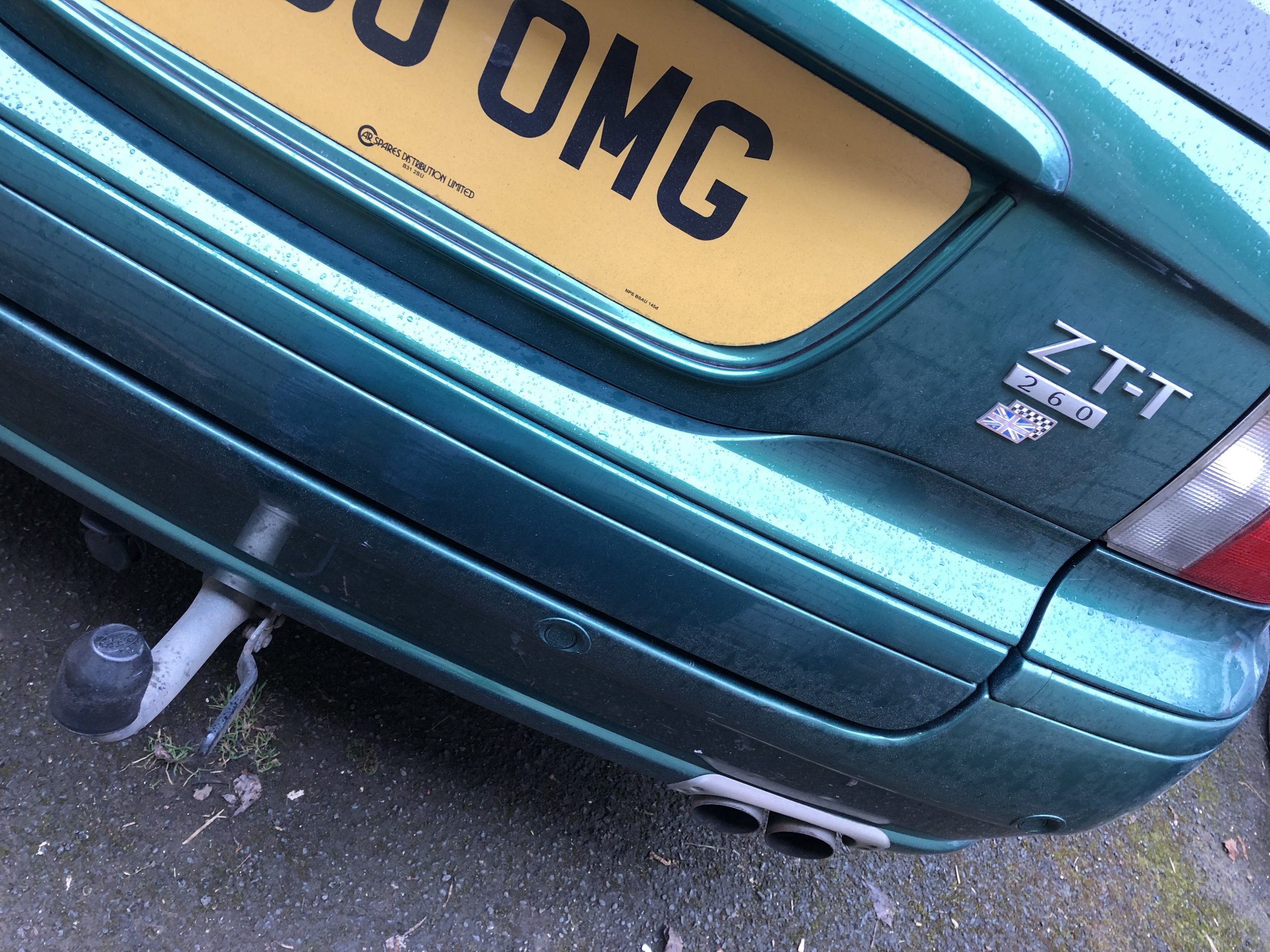
Our MG ZT-T 260 is a workhorse. It is rarely driven without a boot load of tools and a car trailer hooked up. Yes, it is used for high days and holidays, but usually pulling a caravan. With ample powertrain torque and a decent chassis, it is an effortless tow car.
But today was different. I had to make a journey with only me to be delivered. The weather wasn’t great for my cross-country route. The roads were damp and often muddy and the 260 is still wearing winter tyres. Every drive of the 260 is an ‘occasion’. It is a sensory experience, with talkative steering and a V8 soundtrack. My drive today reminded me just how satisfyingly involving it can be to drive a great handling car when the road friction is low and variable…..
Thinking back to the design and development of the SAIC new medium car (launched in China as Roewe 550), we pursued excellent elasto-kinematic properties. This would enable the platform to be used with low (comfortable) ride frequencies whilst maintaining driver confidence (using learning acquired during our time with BMW and the development of Rover 75). When the request came to develop MG6 for the UK market, the solid foundation meant that a shift in tuning priorities soon yielded a capable sporting car.
But what about the towing stability? The China market did not require the Roewe 550 to be capable of towing anything. Thankfully, the body structure had been designed and tested to permit tow bar fitment, so we just needed to conduct ‘duty of care’ dynamic testing of MG6 in the UK market. My company car at the time was a BMW 318d Touring with sports suspension but standard 16” run flat wheels and tyres (an unusual combination according to the dealer – customers normally specify larger diameter wheels because they look better…..). It was a thoroughly competent and enjoyable car, which coped well with towing duties; apart from the cause for alarm when I first towed on the motorway. As a typical ‘outside lane’ kind of car, I hadn’t noticed the road camber sensitivity of the rear axle, especially when loaded with a caravan. The stiff run flat tyres made a meal of longitudinal truck grooves, creating a lateral motion which caused a hint of the dreaded caravan ‘snake’. It never became a problem, but the sensation was unnerving. Still, it was a worthy benchmark for our towing stability tests.
Cue the MG6 prototype (a left-hand drive Roewe 550 with UK MG chassis upgrades), four corner weight scales and a selection of trailers from the Kitson household. It was a busy weekend (as there was little official support for ‘duty of care’ testing) trying an unbraked box trailer, a single axle caravan and a twin axle car trailer (complete with MG TF for ballast, loaded both nose and tail first to shift the mass around). The testing was purely subjective but allowed a detailed evaluation of driver confidence. The result? Really rather good. A decent sports saloon, with good chassis and tyre capabilities provided a competent and confidence-inspiring towing performance. It even avoided the lateral sensitivity to truck grooves. The journey to work ‘solo’ on the Monday morning was also an enthusiastic driver’s delight!
Don’t just take my word for it. The MG6 won the Auto Express ‘Best Handling’ award and Caravan Club ‘Tow Car of the Year’ class award.
With competent chassis tuning, a decent tow car can also delight the driver. Now, where did I leave that trailer?
